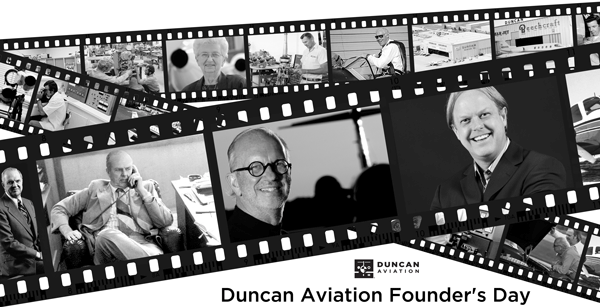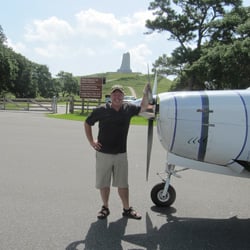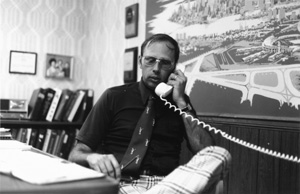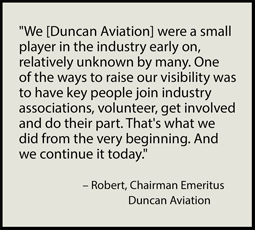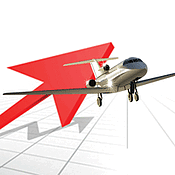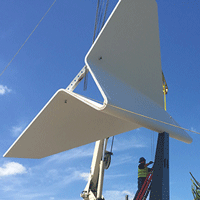 In 2015, we celebrate the 30th anniversary of the Duncan Aviation Avionics Satellite Network with locations at the busiest business airports across the United States. And to think it all started with a trip to the store to buy shoes.
In 2015, we celebrate the 30th anniversary of the Duncan Aviation Avionics Satellite Network with locations at the busiest business airports across the United States. And to think it all started with a trip to the store to buy shoes.
In the early 1980s, Karen and Robert Duncan were shopping for shoes in Hovland Swanson, a locally owned department store in Lincoln, Nebraska. The experience was a pleasant one, and Robert mentioned to the manager how impressed he had been with the salesman’s knowledge and efficiency. The manager then surprised Robert by telling him that Hovland Swanson knew what it didn’t know about shoes and had asked a national retailer to rent space in the shoe department and sell its shoes at Hovland Swanson.
The partnership worked; the national retailer had access to Hovland Swanson’s local customers, and the customers had access to well-made shoes sold locally by a national retailer.
The experience reminded Robert of Duncan Aviation’s busy avionics shop. The techs had the skill and expertise to fix anything, but there were a finite number of them, and they were located in Lincoln while potential customers with avionics problems were at airports in other cities around the country.
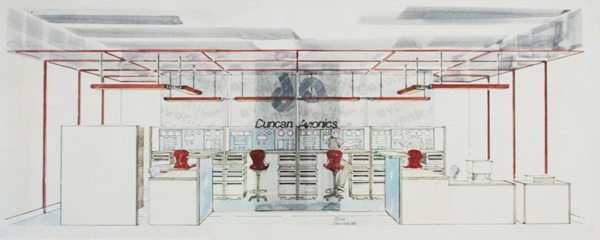
Artis rendering of the first aircraft avionics satellite shop circa 1985.
With the model of Hovland Swanson and the national shoe retailer in mind, Robert conceived of a similar business model for Duncan Aviation. He envisioned a series of partnerships with well-respected shops at busy airports around the country. There were several established shops that catered to our core aircraft but lacked an aircraft avionics presence.
“At this point, I give credit for the whole program to Don Fiedler,” says Robert. “It was my concept, but it was Don Fiedler who ran with it.”
Robert harnessed Don’s energy to his vision and within two years, Duncan Aviation had opened its first satellite location at the William P. Hobby Airport in Houston, Texas. Hopkins International Airport in Cleveland, Ohio followed later that year, and in 1986, Duncan Aviation added two more satellite avionics shops.
“I looked for business partners who shared Duncan Aviation’s ideals of exemplary service and integrity,” says Don.
In the intervening 30 years, Duncan Aviation has added 21 more shops at airports near our customers in an effort to make avionics work on their aircraft or parts as easy and convenient as possible. We now have a network of 25 avionics satellite shops around the United States from Seattle to Fort Lauderdale and Bridgeport to Van Nuys.


 Inflight internet was the ubiquitous gift of the digital age. The engineers and equipment manufacturers in some cases were so focused on connectivity that security often had to take a backseat. The result was weakness in the system’s ability to withstand a cyber-attack.
Inflight internet was the ubiquitous gift of the digital age. The engineers and equipment manufacturers in some cases were so focused on connectivity that security often had to take a backseat. The result was weakness in the system’s ability to withstand a cyber-attack.  In a
In a 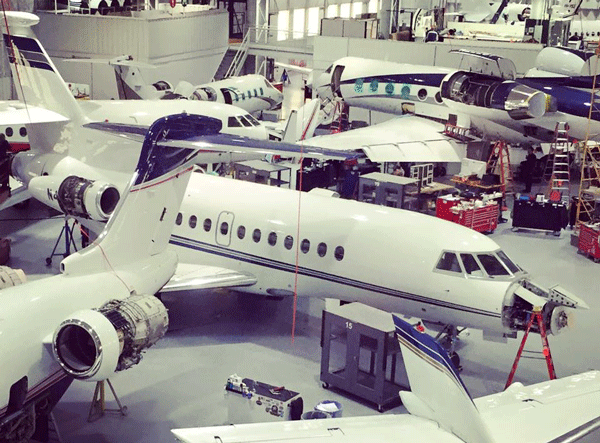

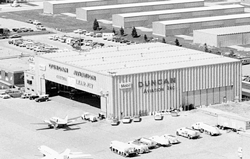 Today, Duncan Aviation team members across the country are celebrating Duncan Aviation’s Founder’s Day. Saturday, August 22, marks the 93rd birthday of our founder, the late Donald Duncan.
Today, Duncan Aviation team members across the country are celebrating Duncan Aviation’s Founder’s Day. Saturday, August 22, marks the 93rd birthday of our founder, the late Donald Duncan.